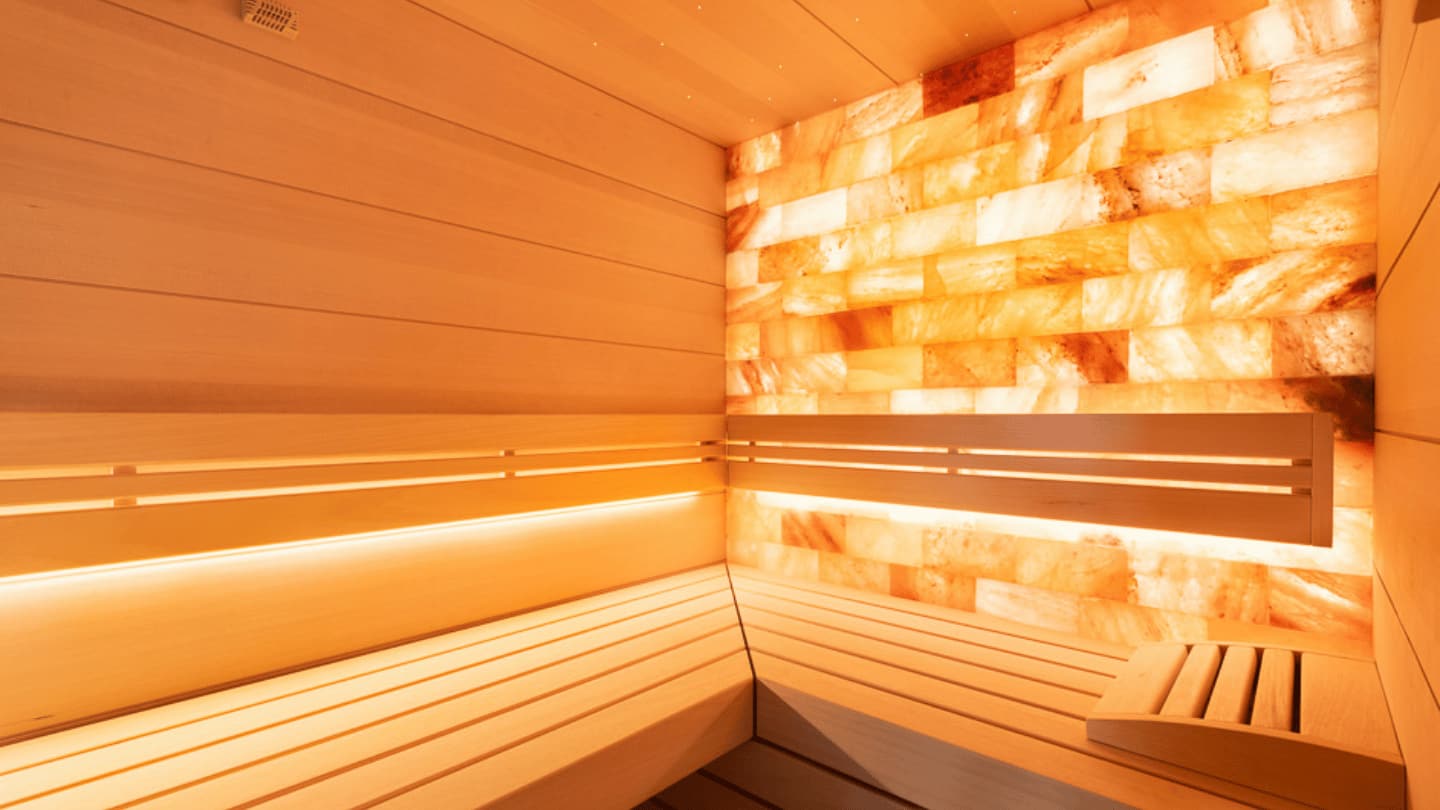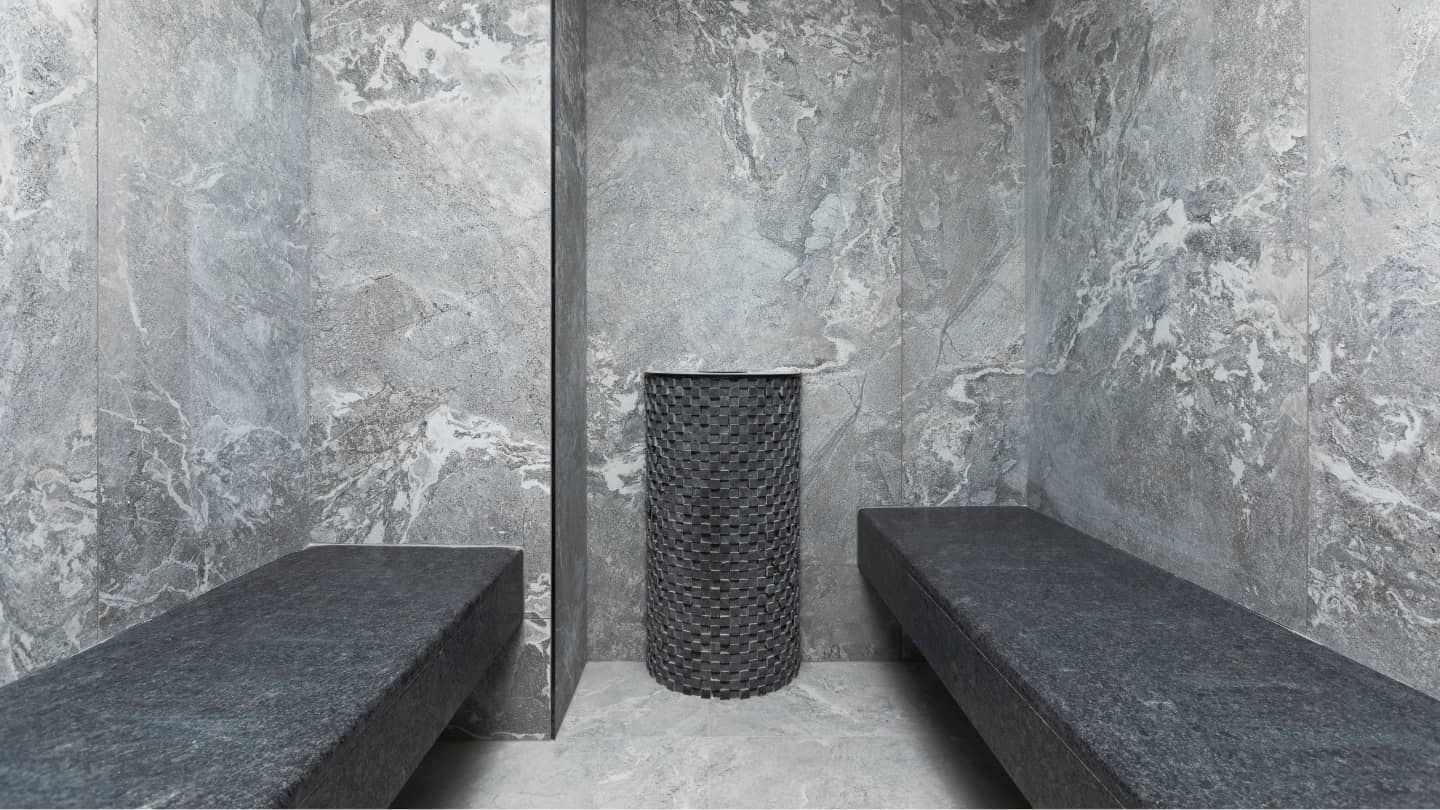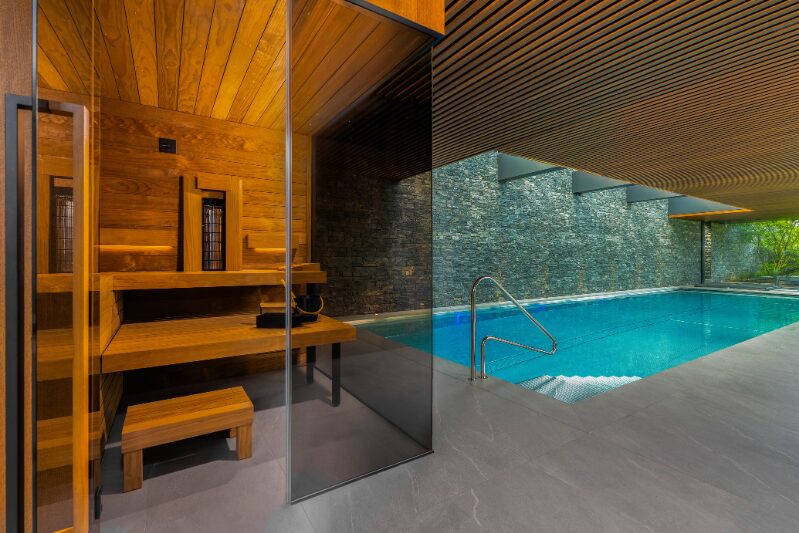Advantages of Stainless-Steel Pools
The first stainless-steel pool was made in Austria in 1969, and since then, the popularity and demand for stainless steel wellness products have grown, despite higher acquisition costs. Asking why?

Stainless steel is a material known for more than 100 years. In the field of architecture and design, its application spread in the 1930s, when stainless steel enabled the development of Art Deco architecture and thanks to which stand the gems of this style, such as the Chrysler Building in New York. Stainless steel’s corrosion resistance, easy maintenance, and effective appearance make it a popular material for constructors, architects, and designers to this day.
Currently, the popularity of stainless steel is growing due to the growing emphasis on sustainability. It is a 100% recyclable material, repeatedly without loss of quality. Stainless steel is made of iron, chromium, nickel, and several other metals, i.e., from natural materials without the contribution of chemistry. Its production process consumes a minimum amount of fuel and is neutral to the environment. The carbon trace it creates is offset by exceptionally long material life and recyclability. There are about 150 different grades and surface treatments of stainless steel adapted to the parameters of the environment to which the material is exposed during use. We use 3 different types of stainless steel for our pools, based on their strength and resistance, diverse for the construction of the pool, for the pipes, and for the pool body itself.
Quality of stainless steel pool
The walls, bottom, and built-in parts that are exposed to contact with water are made of stainless steel 1.4404 according to ČSN EN 10088-1. This quality contains a higher proportion of nickel and especially chromium, which makes it resistant to corrosion and makes it suitable for regular contact with pool water. The harmful effect of chlorides contained in pool chemistry is often mentioned, but the surface of a stainless-steel pool effectively protects its passivation from them. The stainless-steel surface allows fine grinding and is not only attractive but also hygienically sanitary, moreover, medical material and technology are also produced from quality 1.4404. For salt pools, we choose stainless steel quality 1.4401, which is resistant to moderate concentrations of chloride and salt. In general, however, stainless steel is less tolerant of salty environments, so we do not recommend filling pools with salt water.
Compared to the widely used laminate pools, the stainless-steel pool has several advantages: significantly longer service life, higher hygienic safety, easier maintenance, but also a more attractive modern appearance, which is enhanced by the fact that the pool is not made of synthetic material. If we add the possibility of making a pool or whirlpool completely to measure, there can be no doubt about the reasons for the popularity of stainless-steel pools. In addition, the nature of the stainless-steel material makes it possible to assemble the swimming pool only at the place of implementation, and thus to complete the project even in less accessible places, such as the interiors of buildings, and mountain hotels, or roof terraces of skyscrapers.









